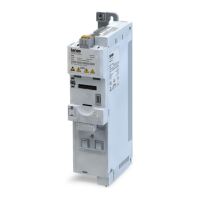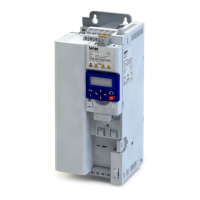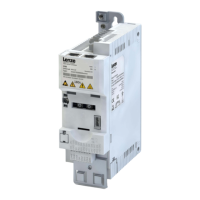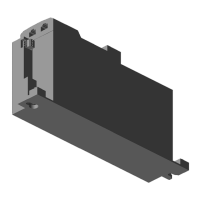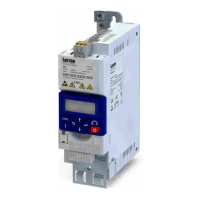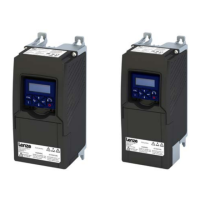9.5 Modbus RTU
Modbus is an internaonally approved, asynchronous, serial communicaon protocol,
designed for commercial and industrial automaon applicaons.
•
Detailed informaon on the Modbus can be found on the web page of the internaonal
Modbus Organizaon, USA, who also further develop the Modbus protocol: hp://
www.modbus.org
•
Informaon about the dimensioning of a Modbus network can be found in the congura-
on document for the inverter.
Precondions
Control unit (CU) of the inverter is provided with Modbus.
9.5.1 Introducon
•
The process of data transmission disnguishes between three dierent operang modes:
Modbus ASCII, Modbus RTU, and Modbus TCP. This chapter describes the Modbus RTU
operang mode ("Remote Terminal Unit").
•
The Modbus protocol is based on a master/slave architecture where the inverter always
works as slave.
•
The Modbus network only permits one master sending commands and requests. The mas-
ter is also the sole instance to be allowed to iniate Modbus communicaon. No direct
communicaon takes place between the slaves.
•
The physical interface corresponds to TIA/EIA-485-A which is very common and suitable
for the industrial environment. This interface enables baud rates from 2400 to
115200 kbps.
•
The inverter supports Modbus funcon codes 3, 6, 16 (0x10) and 23 (0x17).
9.5.2 Node address seng
Each network node must be provided with a unique node address.
The parameters for the baud rate of the device are described below.
The parameters for addressing the device are described below.
Details
•
The node address of the inverter can be oponally set in 0x2321:001 (P510.01) or using
the DIP switches on the device labelled with "1" ... "128".
•
The seng that is acve when the inverter is switched on is the eecve seng.
•
The labelling of the DIP switches corresponds to the values of the individual DIP switches
for determining the node address (see the following example).
•
The node address 0 is reserved for messages to all nodes ("Broadcast") .
•
The acve node address is shown in 0x2322:001 (P511.01).
Example of how the node address is set via the DIP switches
DIP switch 128 64 32 16 8 4 2 1
Seng OFF OFF OFF ON OFF ON ON ON
Value 0 0 0 16 0 4 2 1
Node address = sum of all values = 16 + 4 + 2 + 1 = 23
Parameter Name / value range / [default seng] Info
0x2321:001
(P510.01)
Modbus sengs: Node ID
(Modbus se.: Node ID)
1 ... [1] ... 247
Oponally seng of the node address (instead of seng via DIP
switches 1 ... 128).
•
The node address set here only becomes eecve if DIP switches
1 ... 128 have been set to OFF before mains switching.
•
A change in the node address only becomes eecve aer a restart of
Modbus communicaon.
Conguring the network
Modbus RTU
Introducon
282

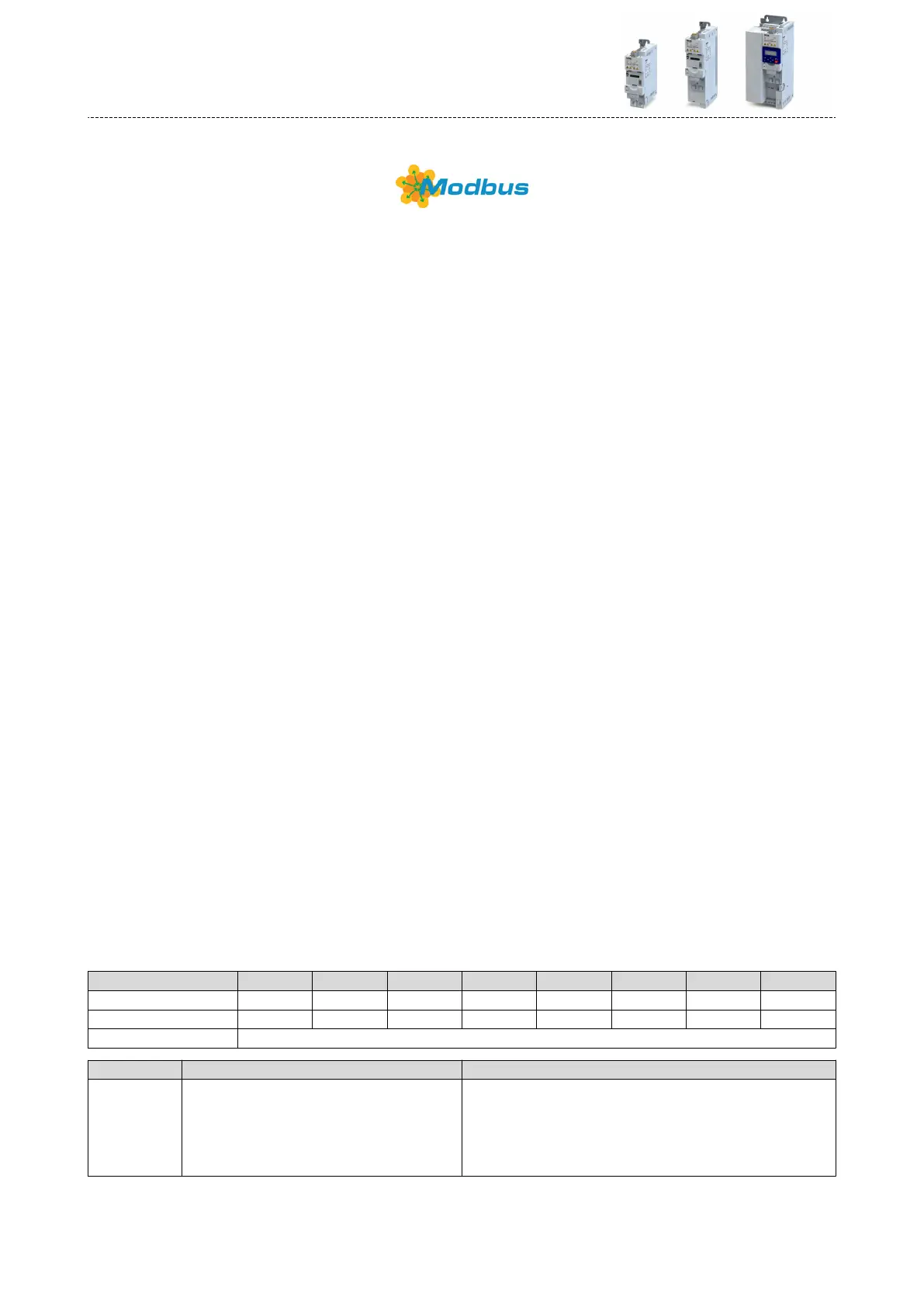